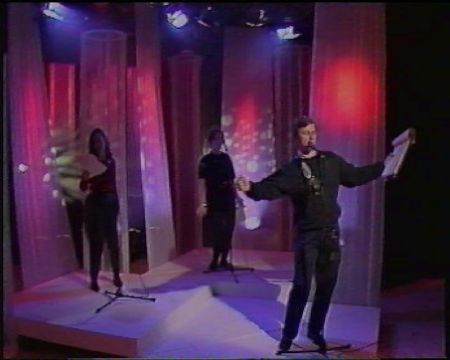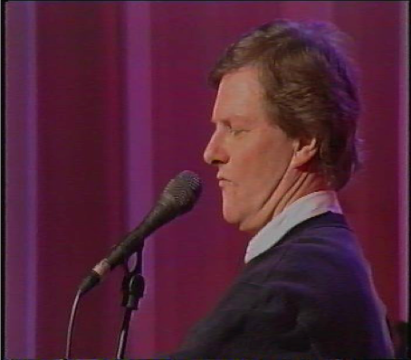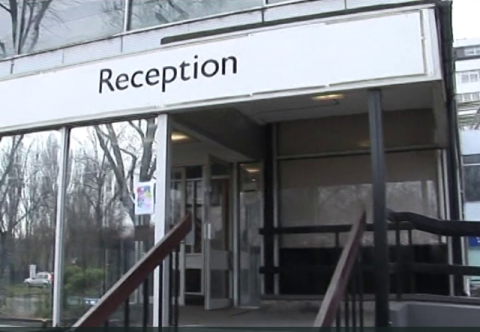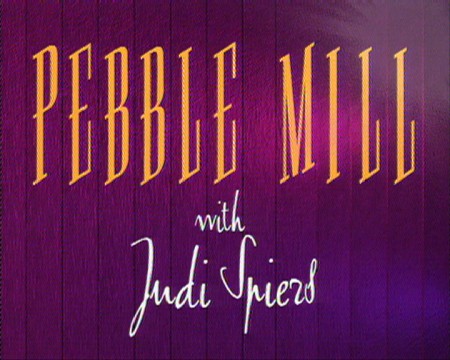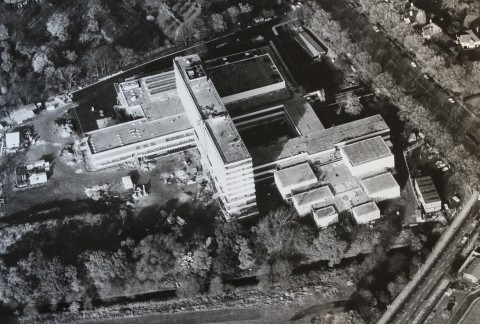(This Press Release, held at the BBC Archives in Caversham, announced the intention of building Pebble Mill, although the actual studios did not open until nine years later. Notice that the Release concentrates on the spiral car park – which was never built, and the canteen and Club – which certainly were! It does not mention the television or radio studios, which is strange because it emphasises that the Midland Region centre would be the first broadcast centre in Europe to combine both television and radio facilities.)

Photo, Model, February 1962. This digital resource is available under a Creative Commons CC-BY-SA 3.0 license, with kind permission of the Birmingham & Five Counties Architectural Association Trust, thanks to the Architectus project (part of the Jisc Content Programme 2011-13).
BBC Midland Region Press Service
For release 12 noon, Monday 12th November, 1962
New BBC Midland Region Broadcasting Headquarters
Statement by R.H.S. Howell
(Head of Building Department BBC)
For a long time it has been the BBC’s policy to re-house its Regional Headquarters in more efficient and up-to-date buildings equipped with the most modern plant, and with this in view suitable schemes for other Regional centres are now in various stages of development. In all of them the common aim and object is to accommodate the whole activities of each centre on one site.
The Midland Region is one of the first to benefit under this policy and the proposed Birmingham Headquarters is unique in that it is the first headquarters in the Country and, indeed, in Europe, which has been planned and designed from the start to fulfil the carefully integrated requirements of both sound and television broadcasting under one roof. The new building will provide facilities for all types of sound and television productions and will include a base for outside broadcast vehicles and their equipment, with a ramped spiral car park above for approximately 350 cars and, of course, an administration block in which will be included a staff restaurant and BBC Club premises.
The scheme has been prepared in association with the BBC’s Building Department and in accordance with BBC detailed requirements which, amongst other things aimed to satisfy the following principles:
- To take advantage of the natural amenities of the site.
- To design a building complex which has identity.
- To provide clear pedestrian and vehicular traffic flow.
- To design a functionally efficient regional centre for broadcasting.
- To be sufficiently flexible as to facilitate development or technical change.
Additionally, the Architect was requested to plan the building complex in such a way that, if future needs arise, a second medium-size television production studio can be added at a later date as a second stage of development along with an increase in the size of the scenery production area, extra dressing rooms etc., and with minimum disturbance to the then existing buildings.
All these factors have contributed to the physical grouping of the elements. Clearly the functional requirements of broadcasting are of prime importance, but the resultant forms evolve from these in relation to the principles outlined above.
